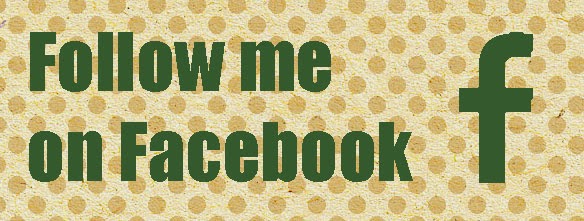
I have to be honest with you, I haven't brought a comic-book in seven years.
I reached a point where I just couldn't bring myself to part with more than $7 NZ for an issue without feeling that I had been had.
If you have an issue of a comic-book sitting nearby, go pick it up and have a good hard look at it. Try to see past what it represents to you as a form of entertainment and try to see it as an object. It's a stapled pamphlet of 22 pages of coloured story and 10 pages of advertising for $2.99 US (and now many titles are expected to make the jump to $3.99 US by the end of the year).
This format was created by pulp and soft-porn publishers on the streets of New York in the late 30's, who found that if they re-packaged comic-strips in a magazine format for 10c an issue, you could make a tidy profit. They sold like hot cakes and other publishers keen for a slice of this new racket jumped into the game and a new storytelling medium was born. To keep the newsstands stocked with new comics every month publishers formed production studios of writers and artist to provide a steady stream of new material (basically applying the 'sweat-shop' method of production many of these dodgy dealers had perfected in their previous experiences in the garment business before turning to publishing).
Now obviously the production and quality of comics has come along way in the last seventy years, but the basic template for the business is still surprisingly similar. The comics production team of writers, artists, colourists and letterers are still expected to turn out new issues on a monthly basis. The market is now smaller and more specialised; distribution in the US and around the world is largely handled by just one distributor. The cost of printing and production has risen over time; with higher quality paper and vast improvements in printing, leading directly to a higher cover price.
At 10c or a dime it reached a large audience in the 40's and over time that audience has dropped away as the price has risen and only the faithful fans of the medium have stuck by it. The price of production for publishers may have increased over the decades, but that doesn't mean every aspect of making comics is more expensive. The price of printing technology has dropped dramatically in recent years and has become more available than ever before. Comics are almost exclusively printed on recycled paper. The colouring and separations process can now be handled by a single person rather than a warehouse of old ladies hand-cutting colour coded separations (a process in use right up until the late 80's). All these great advancements in printing obviously hasn't stopped publishers from maintaining their sales margins (although the decreased audience available through the direct market system probably didn't help matters).
The comic-book was once an affordable format for distributing comics, but at what point is going to become too expensive to support it's continued existence? When it hits $3.99, $4.99 US?
It has a wonderful heritage that won't be forgotten; but it's well past time we let go of the American Dream from decades past and looked to the future, to new formats and media on which we can share this unique storytelling medium with a new generation of readers.
-AK!







Well, you're preaching to the choir here, my good man. I like my art - and my info - in a "free-to-masses" fashion (though I'm never sure how to square that with gettin' paid.)
ReplyDeleteMaybe...but there still seems to be a lot of people out there in denial-land thinking you MUST produce a comic in the American standard format.
ReplyDeleteThis was mainly my reaction to holding actual comics after Free Comic Book Day and thinking how odd that format now seems.
Anywho, this week I'll be moving on to the different formats that are rushing in to take it's place and speculate on how this might work once it all shakes down.